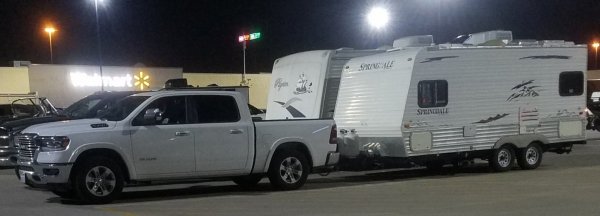
when pulling a Trailer?


|
How do calculate Miles-Per-Gallon when pulling a Trailer? |

|

|
What Pull Vehicle do you buy? Does it make a difference? |

|

|

|
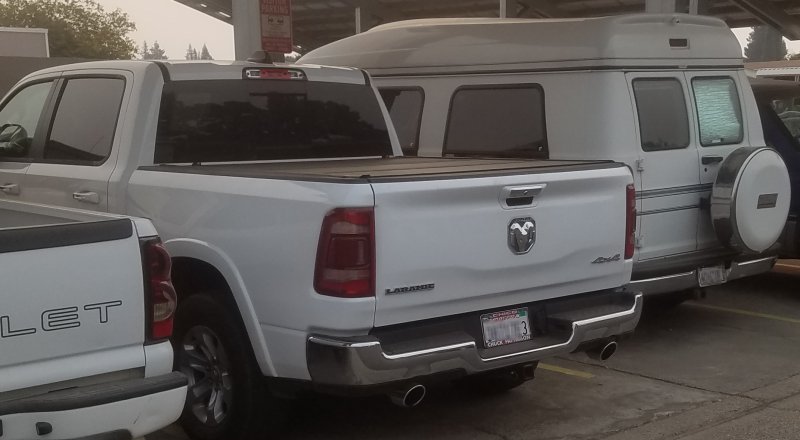 Here is the Truck and the Van - side by side.
Here is the Truck and the Van - side by side.
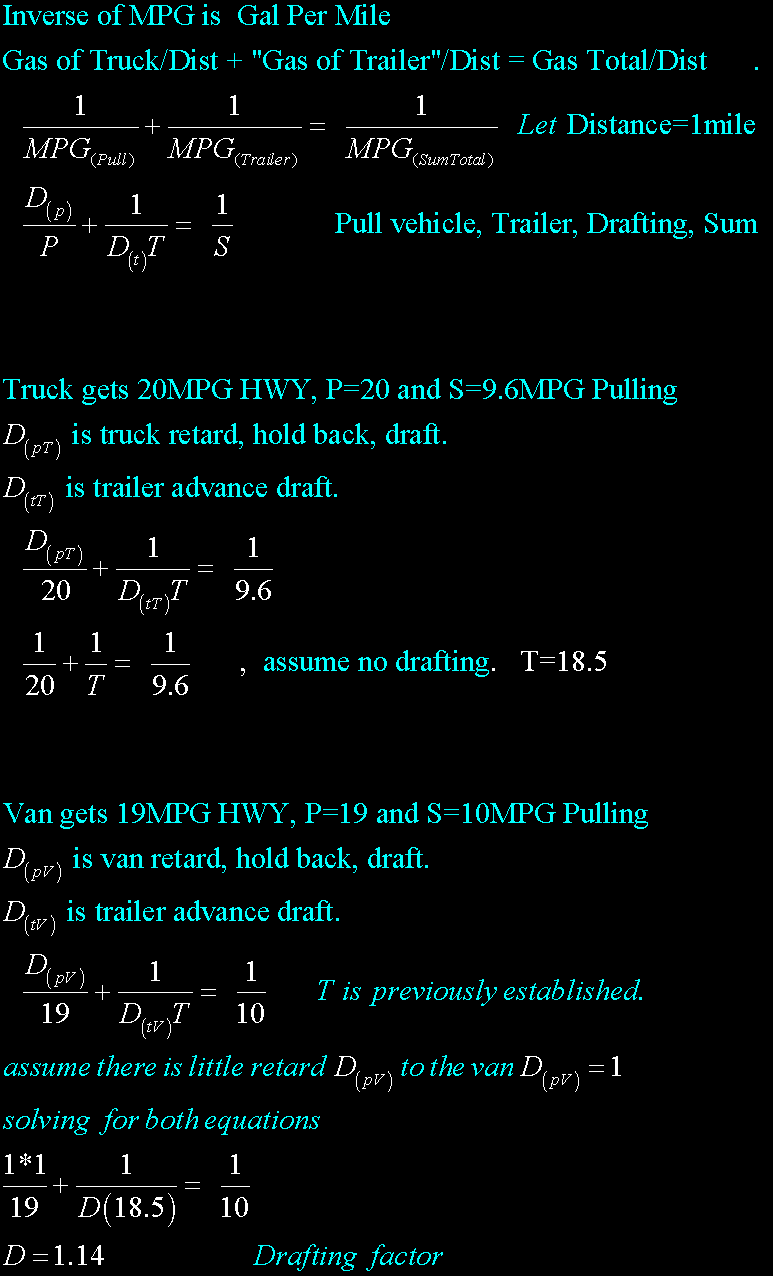
|
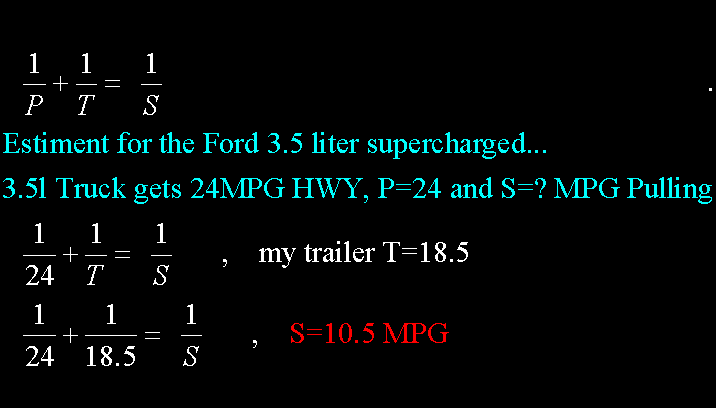
|
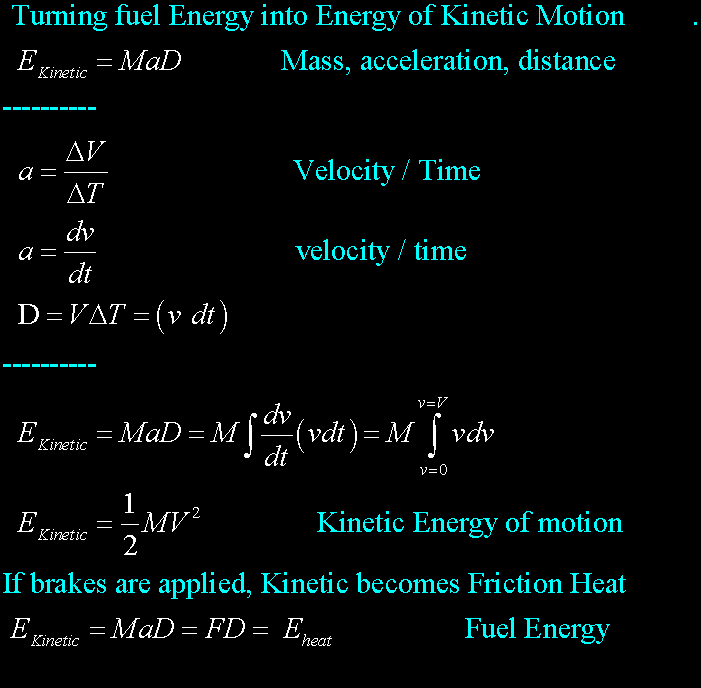
|
| The fuel economy of the truck has little bearing on the overall pulling economy. |